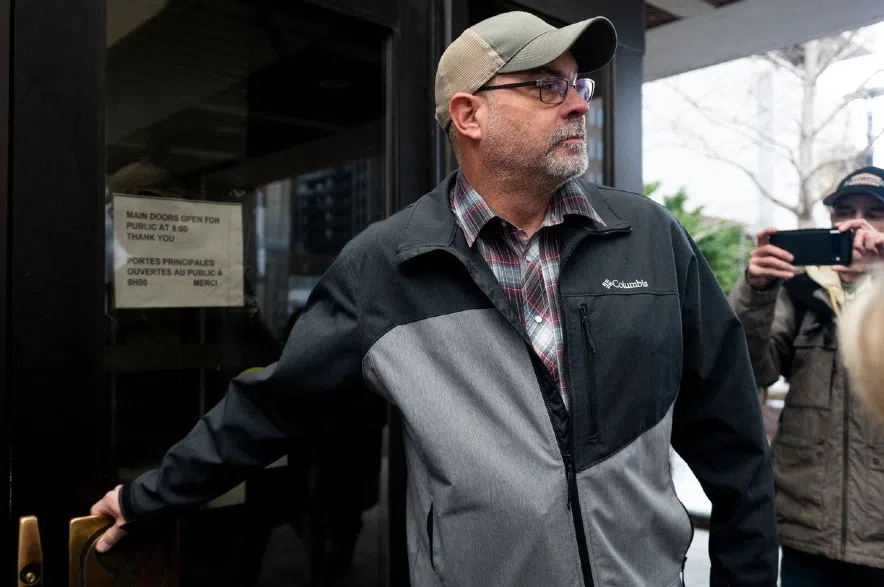
Introduction
The Freedom Convoy, a significant protest movement originating in Canada, has garnered national and international attention due to its opposition to COVID-19 vaccine mandates and restrictions. One of the prominent figures in this movement is Chris Barber, a truck driver from Saskatchewan, whose leadership has played a pivotal role in rallying support and organizing demonstrations across the country. Understanding Barber’s contributions and the impact of the Freedom Convoy is crucial for analyzing the ongoing discussions surrounding civil liberties and public health policies in Canada.
Background of the Freedom Convoy
The Freedom Convoy began in late January 2022 when thousands of truckers and their supporters started a cross-country trek to protest vaccine mandates imposed by the Canadian government and other authorities. The movement sparked widespread debate on individual rights, public health, and social responsibility. Chris Barber emerged as a key spokesperson, helping to articulate the grievances of the participants and mobilizing support from various communities throughout the country.
Chris Barber’s Leadership
Barber’s journey into the forefront of the convoy was marked by his ability to connect with everyday Canadians who felt marginalized by government decisions during the pandemic. He utilized social media platforms to share updates and rally support, effectively turning the convoy into a symbol of resistance for many who share anti-mandate sentiments. His grassroots organizing skills facilitated the convening of mass gatherings in major Canadian cities, including Ottawa, where protesters occupied the streets for several weeks in February 2022.
Government Response and Legal Actions
The growing presence of the Freedom Convoy led to significant responses from authorities. In February 2022, the Canadian government invoked the Emergencies Act for the first time in over 50 years, aiming to restore public order. Barber, along with other leaders, faced legal challenges, including charges related to the protests. These developments have sparked discussions about the balance between civil liberties and public safety during times of crisis.
Conclusion
Chris Barber’s role in the Freedom Convoy has highlighted a complex intersection of individual rights, public health, and the power of grassroots movements in Canada. As the legal proceedings unfold and the ramifications of the protests continue to resonate across Canadian society, the significance of the Freedom Convoy and its leaders will likely remain a focal point in discussions about governance, public policy, and the right to protest. Understanding this movement’s dynamics will be crucial for Canadians as they navigate the path ahead in a post-pandemic world.



